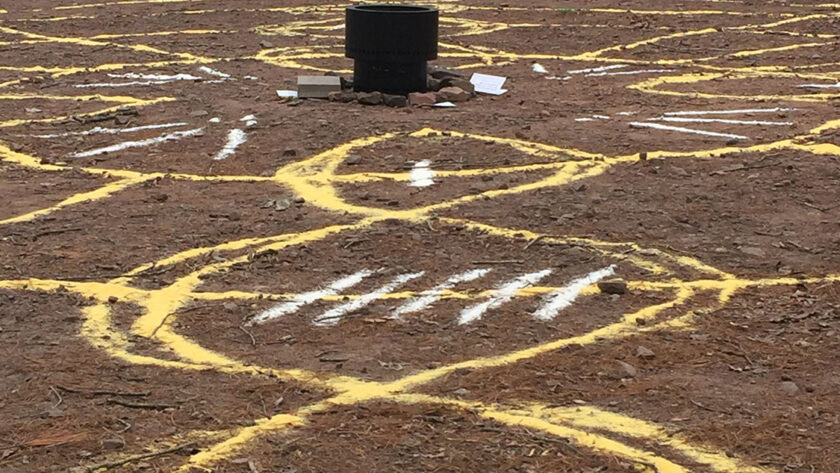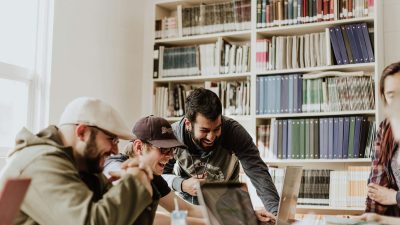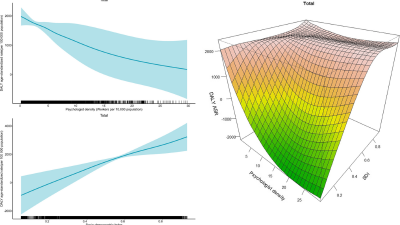We often associate rituals with religious traditions—sacred ceremonies passed through generations. Yet today, a quiet revolution is unfolding in neighborhoods, workplaces, and friend groups as people rediscover the transformative power of shared ceremony, even without religious frameworks.
The Modern Ritual Renaissance
Something profound happens when people gather with intention. A birthday celebration transforms into a circle of affirmation where friends share specific qualities they cherish about the honoree. A neighborhood creates a seasonal festival marking local history. Coworkers develop unique traditions that punctuate their collective experience.
These contemporary rituals emerge from an essential human need that remains undiminished in our secular age: the desire for meaningful connection and shared identity. At BuildBonding.com, we’ve witnessed how intentionally crafted ceremonies create invisible threads of belonging that strengthen over time.
Why Modern Communities Need Rituals
The decline of traditional community structures has left many feeling unmoored. Religious participation has decreased in many regions, extended families often live scattered across distances, and neighborhoods frequently function as collections of strangers rather than interconnected networks.
Against this backdrop, intentional ritual creation offers something increasingly precious—experiences that transform “I” into “we” through meaningful shared moments.
Neuroscience research suggests that synchronized activities—from singing together to participating in ceremonial movements—trigger the release of bonding hormones that foster trust and connection. These biological responses help explain why even simple rituals can create surprisingly powerful emotional impacts.
Characteristics of Effective Modern Rituals
The most resonant contemporary rituals share several defining qualities that distinguish them from empty ceremony or forced interaction.
They emerge organically from community needs and values rather than being imposed from above. The most enduring rituals often begin as spontaneous expressions that gradually formalize as they demonstrate their value.
They balance structure with flexibility, providing enough predictability to create comfort while allowing evolution as community needs change. Unlike dogmatic traditions, modern rituals thrive through their adaptability.
They create meaningful thresholds—marking beginnings, endings, achievements, losses, and transitions in ways that acknowledge their significance. These ceremonial punctuation marks help participants navigate life changes with community support.
Examples of Secular Ritual Creation
In apartment communities, shared meals transform into “story dinners” where each dish connects to personal narrative, creating deeper understanding among neighbors who might otherwise remain casual acquaintances.
Friend groups develop annual retreats with established components—perhaps a gratitude circle, intention setting ceremony, or creative collaboration—that provide predictable containers for unpredictable connection.
Workplaces move beyond generic happy hours to develop meaningful celebrations honoring individual and collective milestones, incorporating elements that acknowledge specific contributions and shared challenges.
Creating Your Own Community Rituals
Meaningful ritual creation begins with identifying transition points or recurring needs within your community. What moments deserve acknowledgment? Where do people need support or celebration?
Involve participants in the creation process rather than presenting fully formed ceremonies. Rituals develop deeper resonance when they incorporate multiple perspectives and address collective desires.
Incorporate sensory elements that engage participants fully—specific foods, music, movements, or objects that create distinctive memory anchors and deepen the experience.
Allow for organic evolution, recognizing that the most powerful rituals often develop their significance over time through repetition and refinement. The first iteration rarely captures the full potential.
The Future of Community Building
As we navigate increasingly digital lives, physical rituals provide essential counterbalance—grounding experiences that engage our full humanity in ways screens cannot replicate.
The communities that thrive in coming decades will likely be those that successfully blend technological convenience with intentional in-person gatherings structured around meaningful shared ceremony.
This isn’t about rejecting modernity but rather about recognizing that our oldest social technologies—gathering in circles, breaking bread together, marking transitions through collective acknowledgment—remain irreplaceable in addressing our deepest belonging needs.
By consciously creating rituals that reflect contemporary values while honoring timeless human desires for connection, modern communities can foster the sense of belonging we all fundamentally seek.





